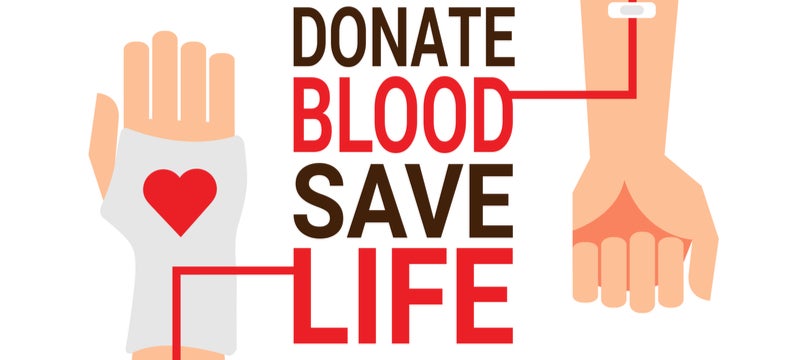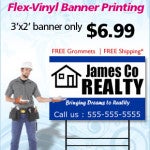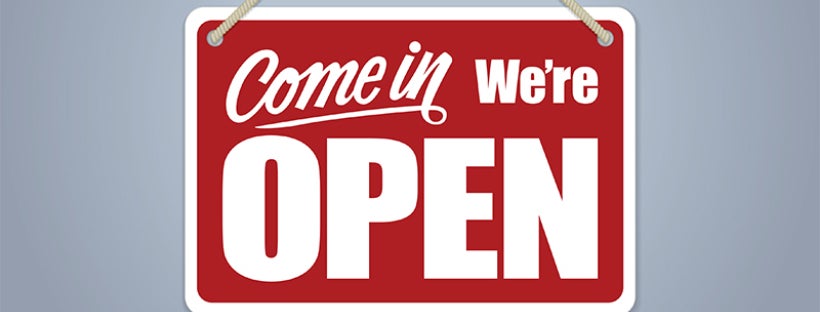Building a great business requires more than just conceptualizing and executing an outstanding product. You also have to market your product and create awareness among your target audience. One of the most effective ways to do this is by putting up signs & decals.
Although it is one of the easiest ways to promote your business, signs come at a price. You have to follow your city guidelines to avoid getting into trouble with the authorities. Here is a guidebook for business owners in Las Vegas, one of the most vibrant cities in the country, on installing signs. Make sure you abide by these rules to stay on the right side of the law.
How to Apply for a Permit for Permanent Signage

The city code for Las Vegas requires you to get a permit before putting up any signs. However, there are a few exceptions to this. For instance, a real estate company can put up signs for selling or leasing out a property as long as the sign is less than eight square feet.
You can also put up professional name plates less than one square foot wide and install occupational signs in commercial buildings, public institutional buildings, or dwelling houses as long as they are under two square feet. To get the permit, you will need approval from the Zoning Inspector after filling out a form and paying the required fee.
Taking Down the Sign
As a business owner, it is your responsibility to take down a business sign for a product or promotion that no longer exists. If you receive a notice from the Zoning Inspector regarding this, you will have to remove the sign within ten days of receiving sad notice. Otherwise, the authorities will have it removed, and you will have to bear the expenses.
Other Requirements
You are not allowed to put up a sign that can obstruct the view of streets and roads. Moreover, you cannot use words such as “stop,” “look,” “drive-in,” or “danger,” all of which can confuse or mislead drivers. Similarly, putting up any obscene, indecent, or immoral content is not allowed.
Make sure the signs on property lines have a smooth surface. Signs that have nails, tacks, or wires are not permitted. The only exception is electrical reflectors or other similar devices that can extend over the top and in front of the sign. If you want to use gooseneck reflectors, you need to make sure to cover them with glass lenses to prevent any glare on the street or nearby buildings.
Temporary Signs
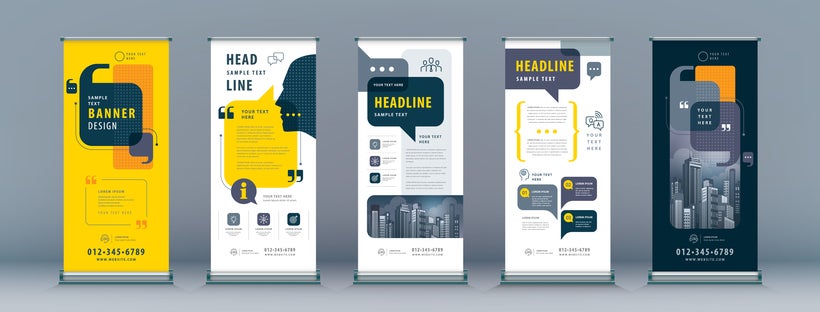
Temporary signs include banners and advertising displays. You can display such signs only for thirty days. Temporary signs should be below 100 sq. ft. in area and no more than four feet on one side. However, they should not block traffic from a door, window, or fire escape. You will also need a permit if the sign exceeds 50 pounds.
If you are holding a special event, like an opening, you will still need a permit. However, you will get permission to use this sign for only 60 calendar days in a year.
Decoration Signs
If you plan to put up decoration signs that are related to a national/local holiday or religious event, you can do so without any permit. The best part is that there are no restrictions about the type of sign or their sq. footage. However, you may want to ensure that you do not exceed the duration of sixty days while putting up these signs.
You do not need any permits for advertising signs or decorations like stickers and decals or banner stands.
Garage Sale Signs
If you are in the business of making signs for your customers, it becomes all the more essential to know about regulations. For instance, if a customer wants a garage or yard sale sign, make sure it is not more than sixteen square feet in area and six feet in height. Apart from this, inform your customer that only one such sign is allowed on a property.
Moreover, one can use it only 24 hours before the sale starts, and it is the responsibility of the owner to remove the sign after the sale is over.
Open House Signs

For real estate agents, holding open houses is one of the most effective ways to sell a property. You can use only six such signs per event. Each sign can have a maximum height of six feet and a maximum area of nine sq. ft.




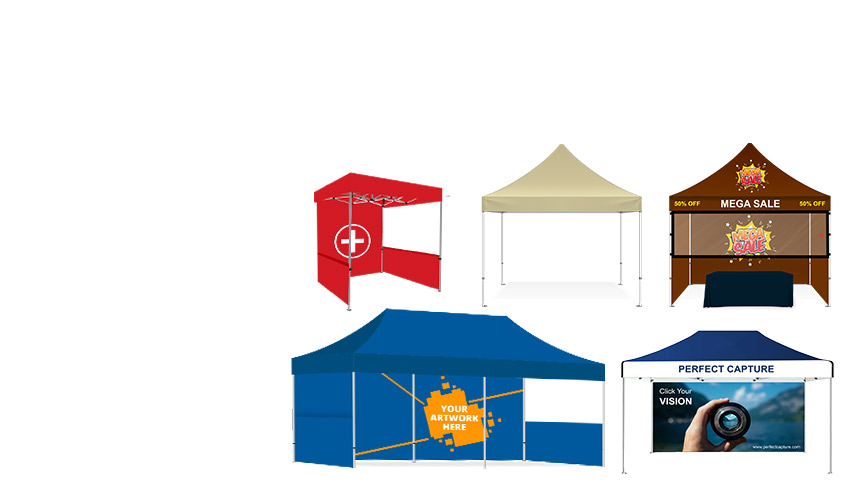
























 Posted in
Posted in 

